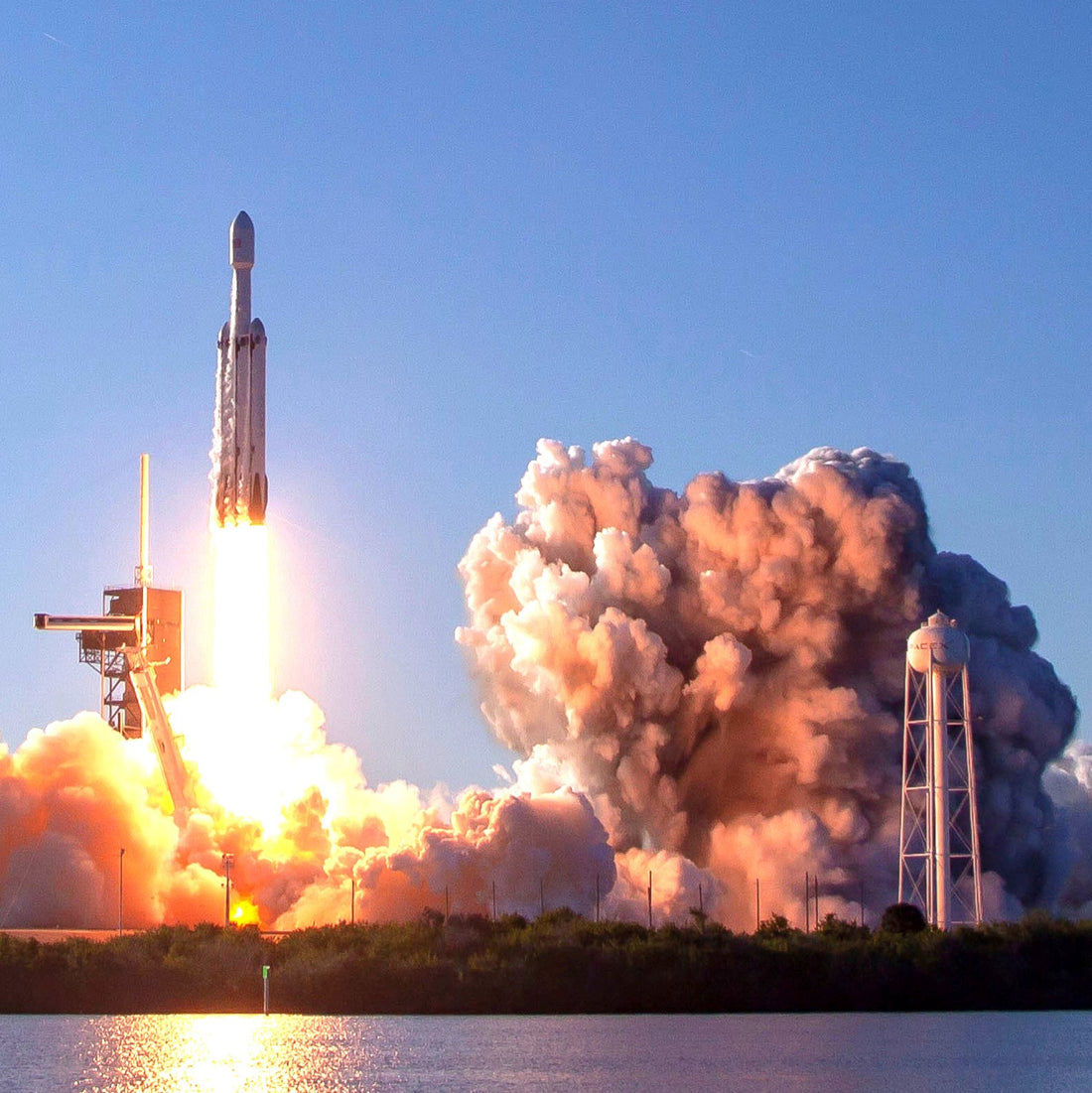
Outer Space Treaty
Share
Fifty-two years ago, a bunch of old white guys actually did something meaningful that has had a positive impact on the world. Sorry, I couldn’t help myself (hehe). What am I referring to, you ask? The Outer Space Treaty. Well, that’s technically its nickname. The formal government name for this document is “Treaty on Principles Governing the Activities of States in the Exploration and Use of Outer Space, including the Moon and Other Celestial Bodies.” Hence, the minimized moniker.

Soviet Ambassador Anatoly F. Dobrynin, UK Ambassador Sir Patrick Dean, US Ambassador Arthur J. Goldberg, US Secretary of State Dean Rusk, and US President Lyndon B. Johnson at the signing of the Outer Space Treaty on January 27, 1967 in Washington. (credit: British Pathé)
This international agreement between the Unites States, the Soviet Union and the United Kingdom became the foundation of how we, as humans, proceeded in the early stages of space exploration in the late 1960’s. The document was signed in January of ’67 and enacted in October of the same year; and the essence of the peaceful pact helped to guide cosmic endeavors by spelling out principles for what nations can and cannot do in space and on other worlds, such as:
• The exploration and use of outer space shall be carried out for the benefit and in the interests of all countries and shall be the province of all mankind;
• Outer space shall be free for exploration and use by all States;
• Outer space is not subject to national appropriation by claim of sovereignty, by means of use or occupation, or by any other means;
• States shall not place nuclear weapons or other weapons of mass destruction in orbit or on celestial bodies or station them in outer space in any other manner;
• The Moon and other celestial bodies shall be used exclusively for peaceful purposes;
• Astronauts shall be regarded as the envoys of mankind;
• States shall be responsible for national space activities whether carried out by governmental or non-governmental entities;
• States shall be liable for damage caused by their space objects; and
• States shall avoid harmful contamination of space and celestial bodies.
• Outer space shall be free for exploration and use by all States;
• Outer space is not subject to national appropriation by claim of sovereignty, by means of use or occupation, or by any other means;
• States shall not place nuclear weapons or other weapons of mass destruction in orbit or on celestial bodies or station them in outer space in any other manner;
• The Moon and other celestial bodies shall be used exclusively for peaceful purposes;
• Astronauts shall be regarded as the envoys of mankind;
• States shall be responsible for national space activities whether carried out by governmental or non-governmental entities;
• States shall be liable for damage caused by their space objects; and
• States shall avoid harmful contamination of space and celestial bodies.

The main concerns for this particular cooperative effort were fueled by the fact that the Cold War was in full swing during 1967. Both the US and the Soviet Union wanted to prevent the expansion of the nuclear arms race into the realm of outer space; and as such technologies were becoming more advanced at the time, this was not a far-fetched concept to some. That’s why there’s an article dedicated to the prohibition of countries putting nuclear weapons in orbit, or on other planetary bodies.
Planetary protection is another important facet of the treaty. This is a two-fold approach because it means that we have to be careful about our impact on other celestial bodies during exploration, and we have to take precautions to ensure that foreign materials we bring back to Earth don’t harm us. The treaty doesn’t specify the ways in which countries should prevent this cross-contamination; but most countries try to adhere to guidelines set forth by the Committee on Space Research, or COSPAR. The ground rules touch upon such things as the cleanliness of space crafts and how to handle space samples.

Image Credit: NASA
Although the Outer Space Treaty is an agreement between nations, it also addresses what private companies can do in space. A line in the treaty says that nations must be held responsible for their actions in space, including those that occur through non-governmental means. So, the treaty allows for commercial activity in space, but part of the trade-off is that governments are obligated to supervise such space endeavors – and will be held accountable if said actions don’t adhere to the articles of the treaty.
This is where things are becoming a bit messy since space commercialization is now incredibly advanced five decades after the enactment of the treaty. Due to various telecommunication companies being equipped to use satellites in and out of orbit around Earth to gather extensive data, the United States has developed a number of ways to regulate the launch and operation of these commercial satellites. The Federal Aviation Administration is responsible for issuing launch licenses for rockets carrying satellites into space, as well as making sure that these launches don’t harm the general public. Furthermore, the Federal Communications Committee helps to control the radio spectrum on which satellites can transmit.

Image Credit: SpaceX
As of June 2019, there are now 109 countries that are parties to the treaty. Fact: The Outer Space Treaty is composed of seventeen short articles in length; whereas, the Law of the Sea Treaty, a set of rules governing the use of the world’s oceans, spans hundreds of articles in rules and regulations. Although this treaty has been a pretty solid backbone for space exploration over the last fifty years, we all know that old paperwork tends to need some updated polishing over time – especially as technology opens more doors for important, and costly, endeavors that could be funded through private means.


